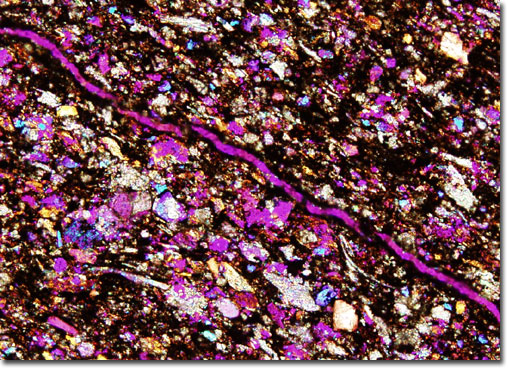|
Bituminous shale is an argillaceous shale that contains bitumen, a mixture of hydrocarbons that may be used as fuel, as a paving material, or in a number of other applications. This type of shale is often found accompanying coal and, in fact, grades into bituminous coal when carbonaceous material is present in large amounts. Humans have utilized bituminous shale at various periods throughout history, though at some times much more heavily than others. In the Kimmeridge Bay area of Dorset, England, for instance, the material was used as a fuel and as a material for craftsmen even in pre-Roman times, though the Romans were responsible for the first large-scale operations in the area. Also, many years later, in 1851, Canadian geologist Abraham Gesner patented a process for extracting kerosene, which could be burned for lighting, from bituminous shale.
|
